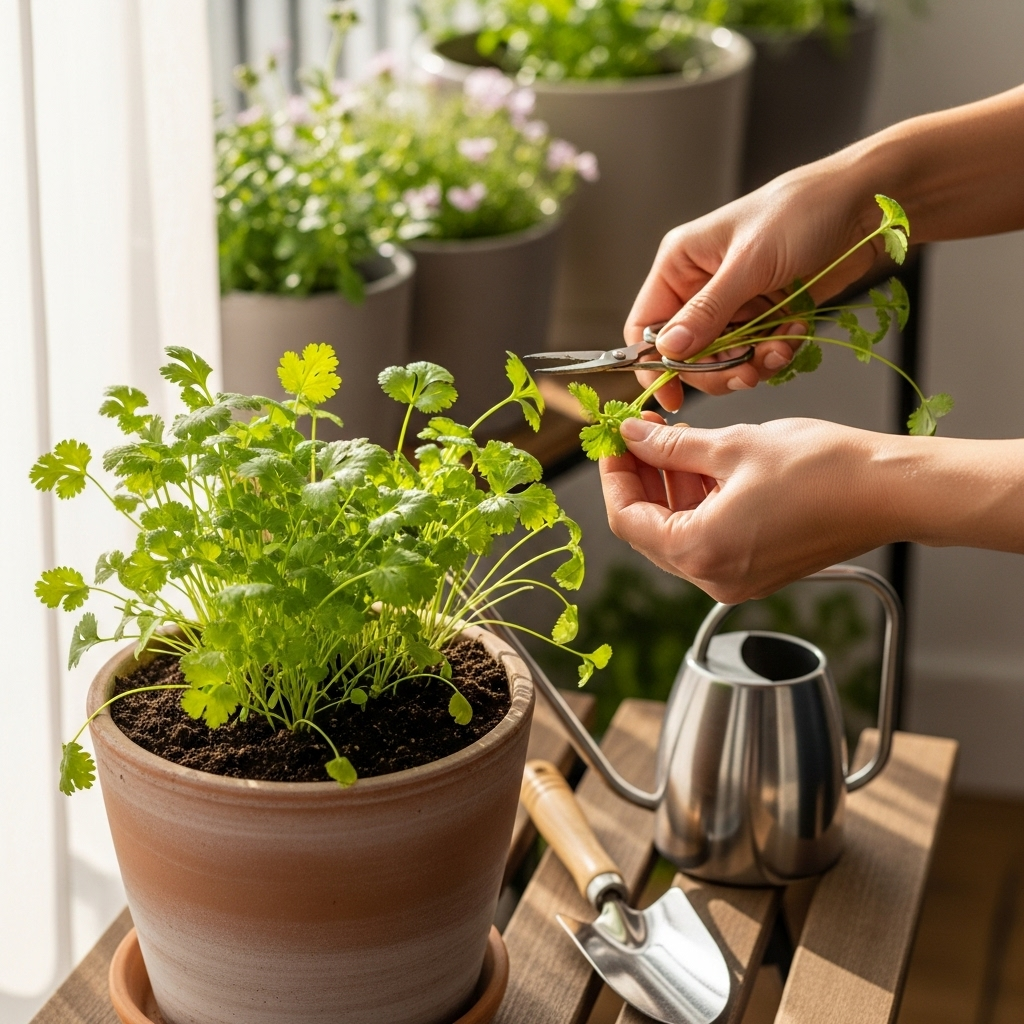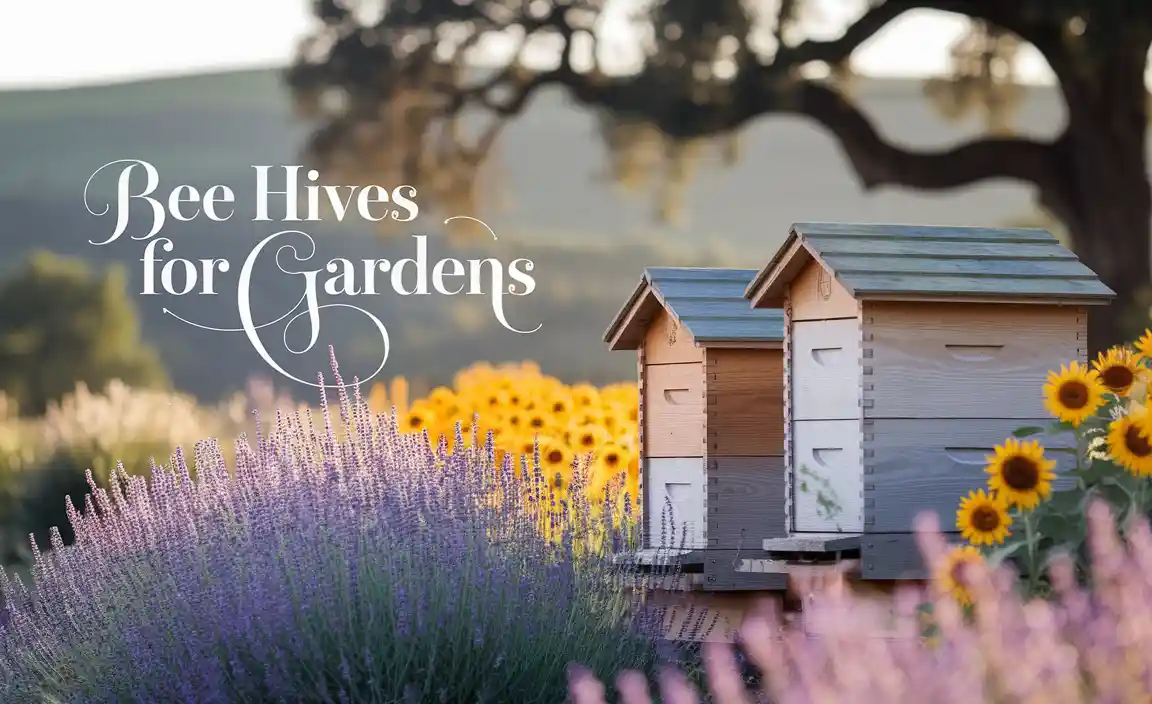Quick Summary: To care for a Venus Fly Trap indoors, provide plenty of bright, direct sunlight (at least 4-6 hours daily), use distilled or rainwater exclusively, feed it insects sparingly, and maintain consistently moist soil. Avoid peat-based potting mixes, fertilizers, and touching the traps unnecessarily, as these plants have unique needs that differ from typical houseplants.
<p>Are you fascinated by the incredible Venus fly trap and dreaming of keeping these amazing carnivorous plants as indoor companions? You’re not alone! Many plant lovers are drawn to their unique beauty and predatory nature. But, understanding their specific needs can feel a bit tricky at first. Don’t worry! With the right knowledge, you can absolutely help your Venus fly trap thrive right in your home. We’ll walk through everything, from sunlight and water to feeding and dormancy, ensuring your little hunter is happy and healthy. Get ready to discover how to care for your Venus fly trap indoors, step-by-step!</p>
<h2>Understanding Your Venus Fly Trap: A Carnivorous Curiosity</h2>
<p>Venus fly traps (Dionaea muscipula) are unlike any other houseplant you’ve likely encountered. Native to a small region of the coastal Carolinas in the United States, they have evolved to survive in nutrient-poor bogs. Instead of getting nutrients from the soil, they catch and digest insects and other small prey. This is why their care requirements are so different! They need mineral-free water, sunlight, and—yes—bugs!</p>
<p>Their iconic traps are actually modified leaves. Tiny trigger hairs inside the lobes of the trap must be touched multiple times in quick succession for the trap to snap shut. Once closed, the digestive enzymes slowly break down the insect, providing the plant with essential nutrients. It’s a remarkable adaptation that makes them so captivating to observe.</p>
<h2>The Golden Rules for Indoor Venus Fly Trap Care</h2>
<p>Caring for a Venus fly trap indoors is primarily about mimicking their natural bog environment as closely as possible. This means focusing on three key areas: light, water, and soil. Get these right, and you’re well on your way to success.</p>
<h3>1. Sunlight: The More, The Merrier!</h3>
<p>This is probably the most crucial element for a happy Venus fly trap. These plants absolutely crave sunlight. In their natural habitat, they grow in open, sunny meadows. Indoors, you need to replicate this intensity. Aim for at least 4 to 6 hours of direct, bright sunlight every single day.</p>
<ul>
<li><strong>Best Location:</strong> A south-facing window is usually ideal, as it receives the most direct sunlight throughout the day. East or west-facing windows can also work, but you might need to supplement with grow lights.</li>
<li><strong>Signs of Insufficient Light:</strong> If your plant’s leaves look long and spindly, its traps are small and don’t close well, or the red coloration in the traps is absent or faint, it’s likely not getting enough light.</li>
<li><strong>Grow Lights:</strong> If natural light is insufficient, consider using full-spectrum LED grow lights. Position them about 6-12 inches above the plant and run them for 12-14 hours a day. This can be a lifesaver, especially during darker winter months.</li>
</ul>
<h3>2. Water: Purity is Key</h3>
<p>What you water with is just as important as how often. Venus fly traps are extremely sensitive to minerals and salts found in tap water, bottled water, and even filtered water from most home systems. These impurities can burn their sensitive roots and eventually kill the plant. Always use one of the following:</p>
<ul>
<li><strong>Distilled Water:</strong> Easily found at grocery stores.</li>
<li><strong>Reverse Osmosis (RO) Water:</strong> Water purified through an RO system.</li>
<li><strong>Rainwater:</strong> Collected rainwater is excellent.</li>
</ul>
<p>How to water is also specific. Venus fly traps love moisture and prefer to have their soil consistently damp, but not waterlogged. The best method is usually the “tray method.”</p>
<h3>3. The Tray Method: Keeping Roots Happy</h3>
<p>Place your potted Venus fly trap in a shallow tray or saucer. Fill the tray with about 1-2 inches of your pure water (distilled, RO, or rainwater). The soil will wick up the moisture it needs from the bottom. Let the tray dry out slightly before refilling. This helps prevent the soil from becoming stagnant while ensuring consistent moisture.</p>
<p>During warmer months or when the plant is actively growing, you’ll likely need to keep the tray filled most of the time. In cooler periods, when the plant might be entering dormancy, you can let the soil dry out a bit more between waterings.</p>
<h3>4. Soil: No Ordinary Potting Mix!</h3>
<p>This is another area where Venus fly traps are particular. Regular potting soil is far too rich in nutrients and minerals for them. They need a nutrient-poor, acidic, and well-draining medium. The classic and most recommended mix is a 50/50 blend of sphagnum peat moss and perlite.</p>
<ul>
<li>
<strong>Sphagnum Peat Moss:</strong> Look for pure sphagnum peat moss, not a “wonder soil” or composted bark mix. It provides the necessary acidity and moisture retention.</li>
<li>
<strong>Perlite:</strong> This is a volcanic glass that’s been heated and expanded. It helps with drainage and aeration, preventing the soil from becoming too dense.</li>
</ul>
<p>You can find these components at most garden centers or online. Avoid any potting mixes that contain fertilizers or wetting agents. Never fertilize your Venus fly trap; they get what they need from their prey! For more on potting mixes and sourcing materials, check out resources like the International Carnivorous Plant Society (ICPS), which provides excellent guidance on cultivating these unique plants.</p>
<h2>Feeding Your Venus Fly Trap: A Natural Diet</h2>
<p>While your Venus fly trap will often catch its own food if placed outdoors or near an open window, indoor plants may need a little help. Don’t overfeed them; one or two insects per trap every few weeks is plenty. If a trap has already caught something, don’t try to feed it more until it digests and reopens.</p>
<ul>
<li><strong>What to Feed:</strong> Live insects like flies, small spiders, ants, or mealworms are ideal. The insect needs to be small enough to fit entirely within the trap when it closes. About 1/3 the size of the trap is a good rule of thumb.</li>
<li><strong>How to Feed:</strong> You can gently place a live insect into an open trap. If the insect is dead, you’ll need to gently stimulate the trigger hairs inside the trap with a toothpick after it closes to make it seal completely and begin digestion. If the trap doesn’t seal tightly, digestion won’t occur, and the trap may rot.</li>
<li><strong>What NOT to Feed:</strong> Never feed your Venus fly trap human food, hamburger meat, or anything that isn’t an insect. These will cause the trap to rot and can harm the plant. Also, avoid feeding it anything too large, as this can prevent proper digestion and lead to trap death.</li>
<li><strong>Frequency:</strong> A good feeding schedule is once every 2-4 weeks for one or two traps. The plant can survive without being fed for extended periods, especially if it has access to light (which is its primary energy source). Trap death is normal; traps only live for a few closures before dying off naturally, making way for new ones.</li>
</ul>
<h2>Humidity, Airflow, and Potting</h2>
<h3>Humidity: A Boggy Balance</h3>
<p>Venus fly traps appreciate higher humidity, typical of their boggy origins. While they can often adapt to average household humidity levels, especially if consistently watered via the tray method, you might notice better growth with a little extra. Misting is generally not recommended as it can encourage fungal issues. Instead, consider methods like:</p>
<ul>
<li>Placing the pot on a pebble tray filled with water (ensure the pot isn’t sitting directly in the water, just above it).</li>
<li>Grouping it with other humidity-loving plants.</li>
<li>Using a terrarium, but ensure there’s good ventilation to prevent mold.</li>
</ul>
<h3>Airflow: Don’t Suffocate Your Plant</h3>
<p>Good airflow is essential to prevent fungal diseases and mold, especially if you’re dealing with higher humidity. Avoid placing your Venus fly trap in stagnant, enclosed spaces. Ensure there’s some gentle air circulation around the plant.</p>
<h3>Potting & Repotting: Giving Them Room to Grow</h3>
<p>Venus fly traps have long, fleshy roots and prefer being in deeper pots rather than wide, shallow ones. A pot that is at least 4-6 inches deep is ideal. They don’t mind being a bit crowded, so repotting is usually only necessary every 1-2 years, ideally in late winter or early spring before new growth begins.</p>
<table>
<caption>Venus Fly Trap Essential Care Checklist</caption>
<thead>
<tr>
<th>Care Element</th>
<th>Ideal Conditions</th>
<th>Beginner Tips</th>
</tr>
</thead>
<tbody>
<tr>
<td>Light</td>
<td>4-6+ hours direct sunlight daily</td>
<td>South-facing window or strong grow lights.</td>
</tr>
<tr>
<td>Water</td>
<td>Distilled, RO, or rainwater only. Consistently moist soil.</td>
<td>Use the tray method; keep soil damp.</td>
</tr>
<tr>
<td>Soil</td>
<td>50/50 sphagnum peat moss and perlite.</td>
<td>Avoid regular potting soil and fertilizers.</td>
</tr>
<tr>
<td>Feeding</td>
<td>Insects (flies, spiders) 1-2 per trap every 2-4 weeks.</td>
<td>Feed live insects sparingly; avoid human food.</td>
</tr>
<tr>
<td>Humidity</td>
<td>Moderate to high (40-60%)</td>
<td>Tray method or grouping with other plants.</td>
</tr>
<tr>
<td>Dormancy</td>
<td>Required annually (winter)</td>
<td>Cooler temps, reduced light, less water.</td>
</tr>
</tbody>
</table>
<h2>The Crucial Concept of Dormancy</h2>
<p>This is a vital part of Venus fly trap care that many beginners overlook, leading to the plant weakening and eventually dying. Venus fly traps require an annual dormancy period, typically lasting 3-4 months during the winter. This rest period is essential for their long-term health and energy reserves.</p>
<h3>Signs Your Plant Needs Dormancy</h3>
<p>As the days get shorter and colder, you’ll notice changes in your Venus fly trap:</p>
<ul>
<li>Fewer active traps appear.</li>
<li>Existing traps may become small and ineffective.</li>
<li>Leaves may turn black and die back, especially older ones.</li>
<li>The plant might look generally less vigorous.</li>
</ul>
<p>These are natural signs that the plant is preparing for its winter rest.</p>
<h3>How to Induce and Maintain Dormancy Indoors</h3>
<p>Replicating dormancy indoors requires adjusting its environment:</p>
<ol>
<li><strong>Reduce Light:</strong> Move the plant to a location that receives less light. An unheated garage, a cool basement, or a dim windowsill can work.</li>
<li><strong>Lower Temperature:</strong> Aim for temperatures between 35-50°F (2-10°C). Avoid freezing temperatures, but consistent cool conditions are key.</li>
<li><strong>Reduce Watering:</strong> Keep the soil only slightly damp during this period. Don’t let it dry out completely, but stop using the tray method; water less frequently from the top.</li>
<li><strong>Clean Up:</strong> Trim away any black or dead leaves and traps to prevent mold from spreading.</li>
</ol>
<p>You can often achieve these conditions by placing the pot in a plastic bag (with air holes) and storing it in a cool, dark place like a refrigerator’s crisper drawer, provided you monitor to keep the soil slightly moist. Many growers find success using this method. After about 3-4 months, as spring approaches, gradually reintroduce the plant to warmer temperatures, brighter light, and resume normal watering and feeding routines.</p>
<h2>Common Problems and How to Solve Them</h2>
<p>Even with the best care, you might encounter a few issues. Here are some common problems and their solutions:</p>
<h3>1. Traps Turning Black</h3>
<p>This is usually normal! Each trap has a limited lifespan, typically closing and digesting only a few times before turning black and withering away. This is


